The Oceanian Bike Project: Steel Hardtails, Trail Building Tools, New Brakes, & More
The European Bike Project is one of our favorite Instagram accounts. Alex from TEBP constantly updates his feed with everything from interesting curios from tiny manufacturers to inside looks at European manufacturing to analyses of the environmental impact of our sport. He's currently travelling in New Zealand, where he started The Oceanian Bike Project. He will publish a few articles on NZ manufacturers over the next few weeks here on Pinkbike.
In this article, we'll look at steel frames, trail building tools, MTB apparel and brakes from New Zealand.
Vibe Bikes: Affordable steel frames for good times
Two young and passionate Kiwi riders who set out to make affordable steel frames in New Zealand – they must have been friends forever, right? In fact, the story of how Tom and Andy met doesn’t involve a school or kindergarten - it’s a bit more complicated than you might think. It involves one’s wife, the other's parents and a lot of coincidences. And it’s a really good thing that they met, because Vibe Bikes probably brings you the most affordable NZ made frames that you can currently get.
While Tom is based in Wellington (where he works full time for Zerode Bikes) and mostly builds bikes and answers customer inquiries, Andy lives in Rangiora near Christchurch. This is also where he makes the frames and handlebars.
So far, Vibe Bikes offer two different frames. The “Method” is their do-it-all dirt jumper and pumptrack bike and the “Bliss” is their 29er 150 mm hardtail.
The “Method” dirt jumper comes with a 420 mm reach, 71° seat angle and 70° head angle. The chainstays are 400 mm, the headtube is 120 mm, seattube 330 mm and stack is 548 mm.
We’re looking at reach sizes of 450 mm (schooner), 475 mm (pint) and 500 mm (jug) for the “Bliss”, which comes with a 64° head angle and 75° seat angle as well as 430 mm chain stays and 667 mm stack in any size. The seattube is 430 mm for the schooner and 470 mm for the pint and jug. If you’d like to tweak the geometry of your frame a bit, Andy can do that for you for a surcharge.
Vibe Bikes use US-made 4130 straight gauge steel tubing, which keeps the costs for raw material low and the final prices too. The Method frame costs 1200 NZD ($740 USD) and the Bliss costs 1800 NZD ($1120 USD). These frames are not for weight weenies though, you should definitely expect the weight of the Bliss frame to start with a 4 (kg that is). The Bliss frame has an integrated bottle opener at the rear brake mount, a seattube gusset, bosses for bottle cages (might as well work with beer can holders) and machined details on the headtube. The straight headtube, which you often find on steel bikes, means you can literally fit any fork with the right headset. All frames come with a Vibe Bikes rear axle which is also made in Andy’s shed and they have a 73 mm BSA bottom bracket.
In the future, the team would like to offer titanium frames too and I was lucky enough to see their first ever Ti frame in their shed when I visited.
Vibe Bikes also offer the “Crawl Bars”, which are made from 4130 chromoly too. They measure 810 mm in width, have a 50 mm rise, 9° back sweep and 5° upsweep. The bar clamp area is 22.2mm. They are yours for 150 NZD (93 USD) and come with the signature “Pubs over Podiums” slogan.
Revolution Bikes: Trail building tools
![photo]()
Not satisfied with other options on the market, Hilton from Revolution Bikes in Havelock North decided to make his own trail building tools. It all started with some plough blades that he found in a shed - they proved to be very sturdy and durable. While the first tools had wooden handles, he later used fiberglass handles.
Hilton cuts the plough blades himself, and other metal work is done by local companies in Hawke's Bay. He prefers his tools to have cutouts, so you can strap them to your backpack or your bike.
The tools are usually made in small batches of 10, however Hilton does accept larger orders from clubs if he's given enough notice. According to Hilton, the tools are also popular among gardeners, landscapers and vineyard operators.
Let's have a look at the different options:
- MTB Trail Rake: A heavy duty rake in wood or fiberglass handle.
- Hilty Hoe: Hilton's original design with a curved blade ideal for scooping and shaping. Shorter 90cm fiberglass handles.
- Mini Hilty Hoe: A kid sized trail tool - lighter to carry and throw around than the full sized models. Full length 120cm wood handle.
- McLeod Trail Tool: The original double sided tool as used to fight forest fires, designed in USA in 1905 by Malcolm McLeod, a US Forest Service ranger. Current stock with wood handles.
- McLeod 2.0 Trail Tool: Their own improvement on the original double sided McLeod Trail Tool - wider and lighter, with shorter teeth that won't get clogged up with debris.
- Trail Boss 5 in 1 Trail Tool: A winning combo of Hilty Hoe, rake, scraper, compactor and cutting blade. Current stock has shorter 90cm handles.
What if you could have a trail building tool that you could actually take with you on your bike? Hilton started to work on telescopic trail building tools around 6 years ago. The first prototype was made from the seattube and the seat post of a broken bike. The extension was the steerer tube of an old fork. It worked, but he wanted this design to be more reproduceable. So he ordered carbon tubes which he sanded down by hand to get the perfect diameter. He's currently working on a light telescopic version of his trail building tools, however they are not available yet. They will be 850 mm long (closed: 500 mm) and come with a 170 x 200 mm blade. The price will be around 200 NZD (tbc). He's also working on an integrated saw, which will come at a surcharge. All Revolution Bikes tools are made in Hawke's Bay, New Zealand.
Ground Effect: NZ made bike apparel
Ground Effect is one of the very few clothing companies that still manufacture in New Zealand. Founded in 1994 by friends Steve, Frase and Guy from a desire to work together, Ground Effect has become synonymous with durable and well-made NZ bike apparel.
When Steve, Frase and Guy decided to work together their main goals included working with interesting people, set up a company with a healthy work-life-balance and create proper mountain bike clothes. Back in 1994, most people were riding in tight lycra shorts or tramping clothing, but real mountain bike specific clothes didn’t exist. Outdoor companies were booming in the 70s, but they mainly focused on hardware such as tents and sleeping bags, so it wasn’t easy to find appropriate clothing for exploring off the beaten track in beautiful New Zealand. The team knew that there had to be a way to create a cool MTB look and took inspiration from the boardshorts surfers were wearing. They say that they were among the first brands to make baggy pants specifically for biking.
After one year, they were able to hire their first employee and Ground Effect has been steadily growing ever since. While the Internet was slowly but surely becoming a thing in the 90s, they were a mail-order (and phone-order) company during the first couple of years – they even created a mobile phone mount for their handlebars because customers would call Ground Effect early in the morning when they were cycling to the post office to pick up their mail. Ground Effect printed roughly 40 semi-yearly catalogues before internet promotions finally took over.
Today, there are seven people who work at the Ground Effect HQ in the Christchurch suburb of Ferrymead and another 15 who work at the factory in Christchurch. Steve, Frase and Guy always wanted the office staff to be less than ten people, so they could work as one team without any sub-teams.
While the factory is owned by someone else, they work closely together and plan together. Long-term durability is a key to their success, and so the relationship with their supplier is based on mutual profitability, quality and trust.
Since the beginning, Ground Effect has always been a direct sales company, selling directly to customers only. By doing so, they get feedback and unfiltered information from the customers. And when you call the company, you can talk to the person who designed the rainjacket or shorts you’re interested in, so you get valuable advice.
The founders say that they never set up the business to conquer the world. They are not growing for the sake of it. “If a pair of shorts lasts eight years, that makes us happy,” says Guy. Product improvement tends to be incremental rather than refreshing the entire range each season. This allows the team to focus on quality fabrics and fit, rather than just introducing new colours.
When they founded the company, it wasn’t very difficult to manufacture in New Zealand. There were quite a lot of clothing factories around, however during the 80s and 90s many suppliers moved to Asia. A few stayed in the Christchurch area and today, not many are left. They say that making bike gear locally still works for them and that the advantages of flexibility and short manufacturing runs outweigh the disadvantages of going offshore, but they also acknowledge that it would be rather difficult to start the company today.
The fabrics are mostly made in Taiwan, Australia (merino), and Japan (waterproof shells). All products apart from basic t-shirts and gloves are sewn in Christchurch. Of course the team is always working on new products and trying new fabrics. They are proud to make rain jackets such as the anti-Cyclone that have a breathability of 33,000 gm/sqm/24h. Many rain jackets come with a much lower functional value of 10,000 or 20,000.
In recent years, the supplier’s lead times have gone up, as did the minimum order quantities. Ground Effect always tries to order just in time and keep finished stock low, which also reduces their footprint. They usually have 800 stock units – a very low number when compared to other clothing companies, which have to put their items on sale all the time. During the seasonal changeovers they often have hardly any stock left. However, their local manufacturing approach allows them to make new items within a very short time, should some unexpected orders come in. Roughly half of all Ground Effect products are sold to New Zealand customers, the other half is sold to the rest of the world, with a particularly big fanbase in Australia.
During winter, their most popular products are rain jackets and warmer tops, while during summer shorts tend to be their best selling items. Their signature colour orange was introduced a few years after the company was founded. They had made a nice bike jacket, however it only came in tarmac grey. Customers told them that they should make brighter colours for better visibility, and a lot of their products have been available in Ground Effect orange ever since.
Ground Effect also gives back to the MTB community. The “Slush Fund” hands out small amounts of cash to help build trails. During my six months of mountain biking in New Zealand, I saw numerous bike wash stations and trails that were sponsored by Ground Effect, so the Slush Fund actually makes a difference. The team also established a series of work parties in order to help build the world-class trails at Craigieburn, just two hours from their HQ.
In the future, Ground Effect wants to continue to focus on high quality, NZ made cycling clothes, including the relatively new pursuits of e-biking, bikepacking and gravel. They are not chasing trends, though, and will only launch a new product when they are 100% satisfied with its quality.
Radic: Powerful disc brakes
It’s photos like these one that put Radic on the map roughly two years ago – additive manufactured brake calipers? Nobody had ever seen something like this before and the photos were heavily trending on Instagram. The calipers were in an early prototype stage back then, but due to their unique manufacturing technique and the generative-design looks they certainly created a lot of interest around the world. It was on a chairlift in Whistler where Taylor from Radic had his personal lightbulb moment: "I could probably 3D print a brake caliper – and even many more bike related parts!"
This was not long after Taylor graduated from The University of Auckland, where he got a degree in mechanical engineering. Uni was anything but boring for Taylor, as he was a part of the Formula SAE team, where he gained a lot of experience.
After seeing this 3D printed goodness, you might think that Radic is a rather big company with several engineers working full time on the world’s best brake. In reality, it’s quite the opposite – Radic is a labour of love from Taylor. The Radic HQ is a single room in Taylor’s apartment in downtown Auckland, where he works on the brakes in the evenings. During the day, he works in the automotive industry as a Senior Engineer designing high performance gearbox components in Auckland’s North Shore.
Radic worked with several suppliers and got more than one working AM prototype caliper. However, several challenges meant that they had to pause the work on the AM brake calipers. Instead, they focused on a machined brake system – the Kaha – for which they accept orders now.
This first batch of available Radic brakes won’t be made in-house, instead, with a reliable overseas partner that can deliver the precision machining Taylor needs. However, he says that he would love to make the brakes in New Zealand at a later stage. He found it very difficult to find a supplier that could work within the tolerances that are needed to build an outstanding mountain bike brake that wouldn't blow the bank. "Outside of New Zealand it's much more common to find cost-efficient ISO certified manufacturers, here in New Zealand things are very different," he explained. He hopes to work full-time for Radic at some point in the future, which would ideally involve having his own 3D printers and CNC machines.
After a lot of engineering and time that went into this project, the first batch is also a vital stage for the young company to raise money for future steps.
Topology optimization and FEA were used to design the brakes – no guessing, just engineering. The oil flow route in the caliper was designed in a way that minimises trapped air and increases the effectiveness of flushing oil. The "Full Flow Bleeding" reduces the risk of trapped air bubbles by looping the whole caliper, passing all chambers sequentially – this allows a complete flush of the system when bleeding.
The brake comes with a 9 mm master cylinder piston; the stainless steel caliper pistons are 17 and 16 mm. One of the goals was to minimise the heat build-up in the brake fluid by carefully managing the heat generated. The stainless steel pistons act as an thermal resistor, as they have a low thermal conductivity. If you are still worried about performance, Radic recommends using their "super juice" mineral oil, which has a boiling point of 420° C.
The calipers can be serviced at home should you wish to do so – the pistons are threaded and can easily be extracted with Radic's piston extraction tool. Titanium hardware keeps the weight low and stainless steel braided hoses with titanium fittings ensure a consistent bite.
They use sealed stainless steel bearings, low friction dynamic PTFE seals and the brakes are compatible with either mineral oil or DOT 5.1 (depending on which seals are installed). Radic will soon be offering both configurations. The brake lever reach can be adjusted infinitely and it comes with a short dead stroke. The pads use the rather common Hope V4 style shape.
All Kaha brakes will be assembled, bled and tested for performance in New Zealand.
In this article, we'll look at steel frames, trail building tools, MTB apparel and brakes from New Zealand.
Vibe Bikes: Affordable steel frames for good times
Two young and passionate Kiwi riders who set out to make affordable steel frames in New Zealand – they must have been friends forever, right? In fact, the story of how Tom and Andy met doesn’t involve a school or kindergarten - it’s a bit more complicated than you might think. It involves one’s wife, the other's parents and a lot of coincidences. And it’s a really good thing that they met, because Vibe Bikes probably brings you the most affordable NZ made frames that you can currently get.
While Tom is based in Wellington (where he works full time for Zerode Bikes) and mostly builds bikes and answers customer inquiries, Andy lives in Rangiora near Christchurch. This is also where he makes the frames and handlebars.
So far, Vibe Bikes offer two different frames. The “Method” is their do-it-all dirt jumper and pumptrack bike and the “Bliss” is their 29er 150 mm hardtail.
The “Method” dirt jumper comes with a 420 mm reach, 71° seat angle and 70° head angle. The chainstays are 400 mm, the headtube is 120 mm, seattube 330 mm and stack is 548 mm.
The "Method" is a do-it-all dirt jump bike.
We’re looking at reach sizes of 450 mm (schooner), 475 mm (pint) and 500 mm (jug) for the “Bliss”, which comes with a 64° head angle and 75° seat angle as well as 430 mm chain stays and 667 mm stack in any size. The seattube is 430 mm for the schooner and 470 mm for the pint and jug. If you’d like to tweak the geometry of your frame a bit, Andy can do that for you for a surcharge.
The 29", 150 mm travel "Bliss" frame. It comes with a seat tube seattube gusset and a bottle opener at the brake mount.
Vibe Bikes use US-made 4130 straight gauge steel tubing, which keeps the costs for raw material low and the final prices too. The Method frame costs 1200 NZD ($740 USD) and the Bliss costs 1800 NZD ($1120 USD). These frames are not for weight weenies though, you should definitely expect the weight of the Bliss frame to start with a 4 (kg that is). The Bliss frame has an integrated bottle opener at the rear brake mount, a seattube gusset, bosses for bottle cages (might as well work with beer can holders) and machined details on the headtube. The straight headtube, which you often find on steel bikes, means you can literally fit any fork with the right headset. All frames come with a Vibe Bikes rear axle which is also made in Andy’s shed and they have a 73 mm BSA bottom bracket.
In the future, the team would like to offer titanium frames too and I was lucky enough to see their first ever Ti frame in their shed when I visited.
Vibe Bikes also offer the “Crawl Bars”, which are made from 4130 chromoly too. They measure 810 mm in width, have a 50 mm rise, 9° back sweep and 5° upsweep. The bar clamp area is 22.2mm. They are yours for 150 NZD (93 USD) and come with the signature “Pubs over Podiums” slogan.
Details
- Frames and handlebars made in New Zealand / other components made overseas
- Price: from 1200 NZD (740 USD) for the dirtjump frame / from 1800 NZD (1120 USD) for the Enduro frame
- 4130 chromoly straight gauge tubing
- Website: https://www.vibebikes.co.nz/
- Instagram: @vibebikes
- Frames and handlebars made in New Zealand / other components made overseas
- Price: from 1200 NZD (740 USD) for the dirtjump frame / from 1800 NZD (1120 USD) for the Enduro frame
- 4130 chromoly straight gauge tubing
- Website: https://www.vibebikes.co.nz/
- Instagram: @vibebikes
Revolution Bikes: Trail building tools

The current range of trail building tools: McLeod (left), Hilty Hoe (center), Trail Boss 5 in 1 (right), Trail Rake (bottom).
Not satisfied with other options on the market, Hilton from Revolution Bikes in Havelock North decided to make his own trail building tools. It all started with some plough blades that he found in a shed - they proved to be very sturdy and durable. While the first tools had wooden handles, he later used fiberglass handles.
Hilton cuts the plough blades himself, and other metal work is done by local companies in Hawke's Bay. He prefers his tools to have cutouts, so you can strap them to your backpack or your bike.
The tools are usually made in small batches of 10, however Hilton does accept larger orders from clubs if he's given enough notice. According to Hilton, the tools are also popular among gardeners, landscapers and vineyard operators.
Let's have a look at the different options:
- MTB Trail Rake: A heavy duty rake in wood or fiberglass handle.
- Hilty Hoe: Hilton's original design with a curved blade ideal for scooping and shaping. Shorter 90cm fiberglass handles.
- Mini Hilty Hoe: A kid sized trail tool - lighter to carry and throw around than the full sized models. Full length 120cm wood handle.
- McLeod Trail Tool: The original double sided tool as used to fight forest fires, designed in USA in 1905 by Malcolm McLeod, a US Forest Service ranger. Current stock with wood handles.
- McLeod 2.0 Trail Tool: Their own improvement on the original double sided McLeod Trail Tool - wider and lighter, with shorter teeth that won't get clogged up with debris.
- Trail Boss 5 in 1 Trail Tool: A winning combo of Hilty Hoe, rake, scraper, compactor and cutting blade. Current stock has shorter 90cm handles.
What if you could have a trail building tool that you could actually take with you on your bike? Hilton started to work on telescopic trail building tools around 6 years ago. The first prototype was made from the seattube and the seat post of a broken bike. The extension was the steerer tube of an old fork. It worked, but he wanted this design to be more reproduceable. So he ordered carbon tubes which he sanded down by hand to get the perfect diameter. He's currently working on a light telescopic version of his trail building tools, however they are not available yet. They will be 850 mm long (closed: 500 mm) and come with a 170 x 200 mm blade. The price will be around 200 NZD (tbc). He's also working on an integrated saw, which will come at a surcharge. All Revolution Bikes tools are made in Hawke's Bay, New Zealand.
The first prototype of the telescopic trail building tools.
Current prototypes of telescopic trail building tools.
Hilton's bike is a bit on the Mad Max side of things, but it works very well for him.
Details
- Made in New Zealand
- Price: from 129 NZD (80 USD)
- Website: https://revolutionbikes.co.nz/collections/tools/products/mtb-trail-tools
- Instagram: @revolutionbikesnz
- Made in New Zealand
- Price: from 129 NZD (80 USD)
- Website: https://revolutionbikes.co.nz/collections/tools/products/mtb-trail-tools
- Instagram: @revolutionbikesnz
Ground Effect: NZ made bike apparel
Ground Effect is one of the very few clothing companies that still manufacture in New Zealand. Founded in 1994 by friends Steve, Frase and Guy from a desire to work together, Ground Effect has become synonymous with durable and well-made NZ bike apparel.
When Steve, Frase and Guy decided to work together their main goals included working with interesting people, set up a company with a healthy work-life-balance and create proper mountain bike clothes. Back in 1994, most people were riding in tight lycra shorts or tramping clothing, but real mountain bike specific clothes didn’t exist. Outdoor companies were booming in the 70s, but they mainly focused on hardware such as tents and sleeping bags, so it wasn’t easy to find appropriate clothing for exploring off the beaten track in beautiful New Zealand. The team knew that there had to be a way to create a cool MTB look and took inspiration from the boardshorts surfers were wearing. They say that they were among the first brands to make baggy pants specifically for biking.
After one year, they were able to hire their first employee and Ground Effect has been steadily growing ever since. While the Internet was slowly but surely becoming a thing in the 90s, they were a mail-order (and phone-order) company during the first couple of years – they even created a mobile phone mount for their handlebars because customers would call Ground Effect early in the morning when they were cycling to the post office to pick up their mail. Ground Effect printed roughly 40 semi-yearly catalogues before internet promotions finally took over.
Today, there are seven people who work at the Ground Effect HQ in the Christchurch suburb of Ferrymead and another 15 who work at the factory in Christchurch. Steve, Frase and Guy always wanted the office staff to be less than ten people, so they could work as one team without any sub-teams.
While the factory is owned by someone else, they work closely together and plan together. Long-term durability is a key to their success, and so the relationship with their supplier is based on mutual profitability, quality and trust.
Since the beginning, Ground Effect has always been a direct sales company, selling directly to customers only. By doing so, they get feedback and unfiltered information from the customers. And when you call the company, you can talk to the person who designed the rainjacket or shorts you’re interested in, so you get valuable advice.
The founders say that they never set up the business to conquer the world. They are not growing for the sake of it. “If a pair of shorts lasts eight years, that makes us happy,” says Guy. Product improvement tends to be incremental rather than refreshing the entire range each season. This allows the team to focus on quality fabrics and fit, rather than just introducing new colours.
When they founded the company, it wasn’t very difficult to manufacture in New Zealand. There were quite a lot of clothing factories around, however during the 80s and 90s many suppliers moved to Asia. A few stayed in the Christchurch area and today, not many are left. They say that making bike gear locally still works for them and that the advantages of flexibility and short manufacturing runs outweigh the disadvantages of going offshore, but they also acknowledge that it would be rather difficult to start the company today.
The fabrics are mostly made in Taiwan, Australia (merino), and Japan (waterproof shells). All products apart from basic t-shirts and gloves are sewn in Christchurch. Of course the team is always working on new products and trying new fabrics. They are proud to make rain jackets such as the anti-Cyclone that have a breathability of 33,000 gm/sqm/24h. Many rain jackets come with a much lower functional value of 10,000 or 20,000.
In recent years, the supplier’s lead times have gone up, as did the minimum order quantities. Ground Effect always tries to order just in time and keep finished stock low, which also reduces their footprint. They usually have 800 stock units – a very low number when compared to other clothing companies, which have to put their items on sale all the time. During the seasonal changeovers they often have hardly any stock left. However, their local manufacturing approach allows them to make new items within a very short time, should some unexpected orders come in. Roughly half of all Ground Effect products are sold to New Zealand customers, the other half is sold to the rest of the world, with a particularly big fanbase in Australia.
During winter, their most popular products are rain jackets and warmer tops, while during summer shorts tend to be their best selling items. Their signature colour orange was introduced a few years after the company was founded. They had made a nice bike jacket, however it only came in tarmac grey. Customers told them that they should make brighter colours for better visibility, and a lot of their products have been available in Ground Effect orange ever since.
Ground Effect also gives back to the MTB community. The “Slush Fund” hands out small amounts of cash to help build trails. During my six months of mountain biking in New Zealand, I saw numerous bike wash stations and trails that were sponsored by Ground Effect, so the Slush Fund actually makes a difference. The team also established a series of work parties in order to help build the world-class trails at Craigieburn, just two hours from their HQ.
In the future, Ground Effect wants to continue to focus on high quality, NZ made cycling clothes, including the relatively new pursuits of e-biking, bikepacking and gravel. They are not chasing trends, though, and will only launch a new product when they are 100% satisfied with its quality.
Details
- Made in NZ
- Products: Everything from socks to shorts, shirts and rain jackets
- Website: https://www.groundeffect.co.nz/
- Instagram: @groundeffectclothing
- Made in NZ
- Products: Everything from socks to shorts, shirts and rain jackets
- Website: https://www.groundeffect.co.nz/
- Instagram: @groundeffectclothing
Radic: Powerful disc brakes
It’s photos like these one that put Radic on the map roughly two years ago – additive manufactured brake calipers? Nobody had ever seen something like this before and the photos were heavily trending on Instagram. The calipers were in an early prototype stage back then, but due to their unique manufacturing technique and the generative-design looks they certainly created a lot of interest around the world. It was on a chairlift in Whistler where Taylor from Radic had his personal lightbulb moment: "I could probably 3D print a brake caliper – and even many more bike related parts!"
This was not long after Taylor graduated from The University of Auckland, where he got a degree in mechanical engineering. Uni was anything but boring for Taylor, as he was a part of the Formula SAE team, where he gained a lot of experience.
After seeing this 3D printed goodness, you might think that Radic is a rather big company with several engineers working full time on the world’s best brake. In reality, it’s quite the opposite – Radic is a labour of love from Taylor. The Radic HQ is a single room in Taylor’s apartment in downtown Auckland, where he works on the brakes in the evenings. During the day, he works in the automotive industry as a Senior Engineer designing high performance gearbox components in Auckland’s North Shore.
The Radic HQ is smaller than you might think, but that doesn't hold Taylor back.
Radic worked with several suppliers and got more than one working AM prototype caliper. However, several challenges meant that they had to pause the work on the AM brake calipers. Instead, they focused on a machined brake system – the Kaha – for which they accept orders now.
The latest iteration of the caliper and master.
This first batch of available Radic brakes won’t be made in-house, instead, with a reliable overseas partner that can deliver the precision machining Taylor needs. However, he says that he would love to make the brakes in New Zealand at a later stage. He found it very difficult to find a supplier that could work within the tolerances that are needed to build an outstanding mountain bike brake that wouldn't blow the bank. "Outside of New Zealand it's much more common to find cost-efficient ISO certified manufacturers, here in New Zealand things are very different," he explained. He hopes to work full-time for Radic at some point in the future, which would ideally involve having his own 3D printers and CNC machines.
After a lot of engineering and time that went into this project, the first batch is also a vital stage for the young company to raise money for future steps.
Topology optimization and FEA were used to design the brakes – no guessing, just engineering. The oil flow route in the caliper was designed in a way that minimises trapped air and increases the effectiveness of flushing oil. The "Full Flow Bleeding" reduces the risk of trapped air bubbles by looping the whole caliper, passing all chambers sequentially – this allows a complete flush of the system when bleeding.
The brake comes with a 9 mm master cylinder piston; the stainless steel caliper pistons are 17 and 16 mm. One of the goals was to minimise the heat build-up in the brake fluid by carefully managing the heat generated. The stainless steel pistons act as an thermal resistor, as they have a low thermal conductivity. If you are still worried about performance, Radic recommends using their "super juice" mineral oil, which has a boiling point of 420° C.
The calipers can be serviced at home should you wish to do so – the pistons are threaded and can easily be extracted with Radic's piston extraction tool. Titanium hardware keeps the weight low and stainless steel braided hoses with titanium fittings ensure a consistent bite.
They use sealed stainless steel bearings, low friction dynamic PTFE seals and the brakes are compatible with either mineral oil or DOT 5.1 (depending on which seals are installed). Radic will soon be offering both configurations. The brake lever reach can be adjusted infinitely and it comes with a short dead stroke. The pads use the rather common Hope V4 style shape.
All Kaha brakes will be assembled, bled and tested for performance in New Zealand.
Details
- Brakes are currently made overseas and assembled, bled and tested in New Zealand
- 9mm master cylinder piston
- 17mm and 16mm caliper slave pistons
- Titanium hardware
- Stainless steel braided hoses with titanium fittings
- Sealed stainless steel bearings
- Low friction dynamic PTFE seals
- Compatible with either Mineral Oil or DOT 5.1
- Infinite lever reach adjustment
- Compatible with Hope V4 shaped brake pads
- Website: https://www.radicperformance.com/
- Instagram: @RadicNZ
- Brakes are currently made overseas and assembled, bled and tested in New Zealand
- 9mm master cylinder piston
- 17mm and 16mm caliper slave pistons
- Titanium hardware
- Stainless steel braided hoses with titanium fittings
- Sealed stainless steel bearings
- Low friction dynamic PTFE seals
- Compatible with either Mineral Oil or DOT 5.1
- Infinite lever reach adjustment
- Compatible with Hope V4 shaped brake pads
- Website: https://www.radicperformance.com/
- Instagram: @RadicNZ
Author Info:
Must Read This Week

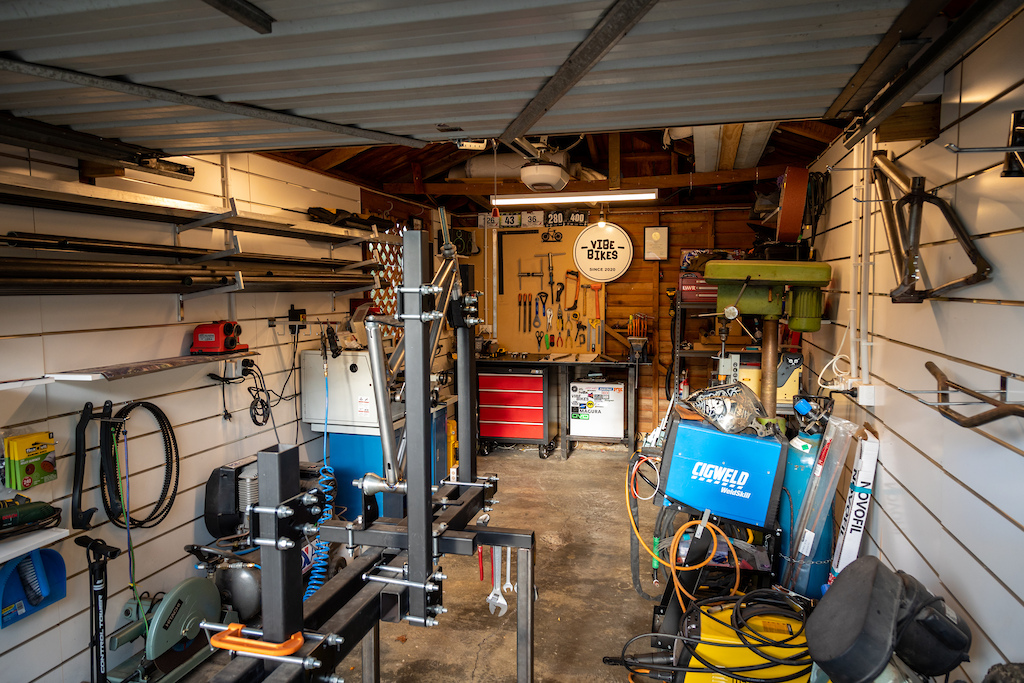
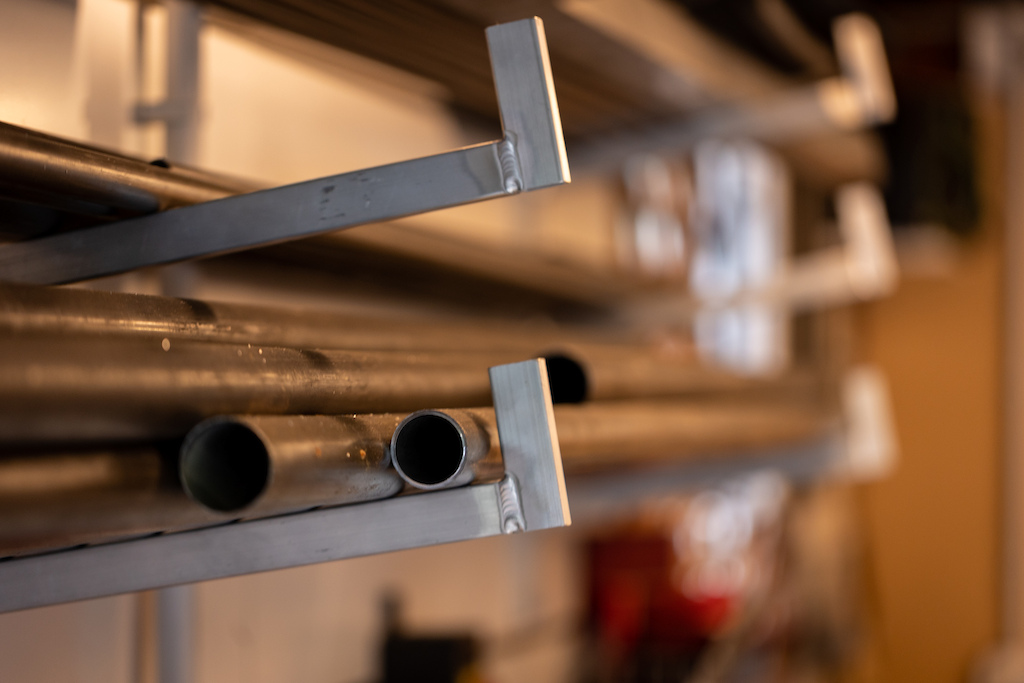
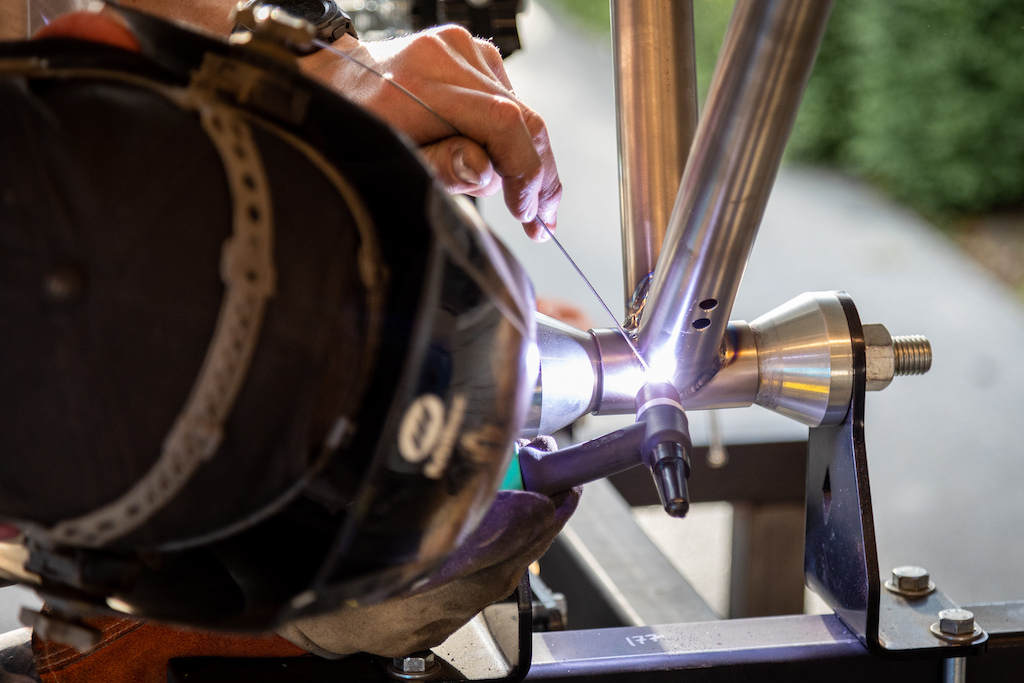

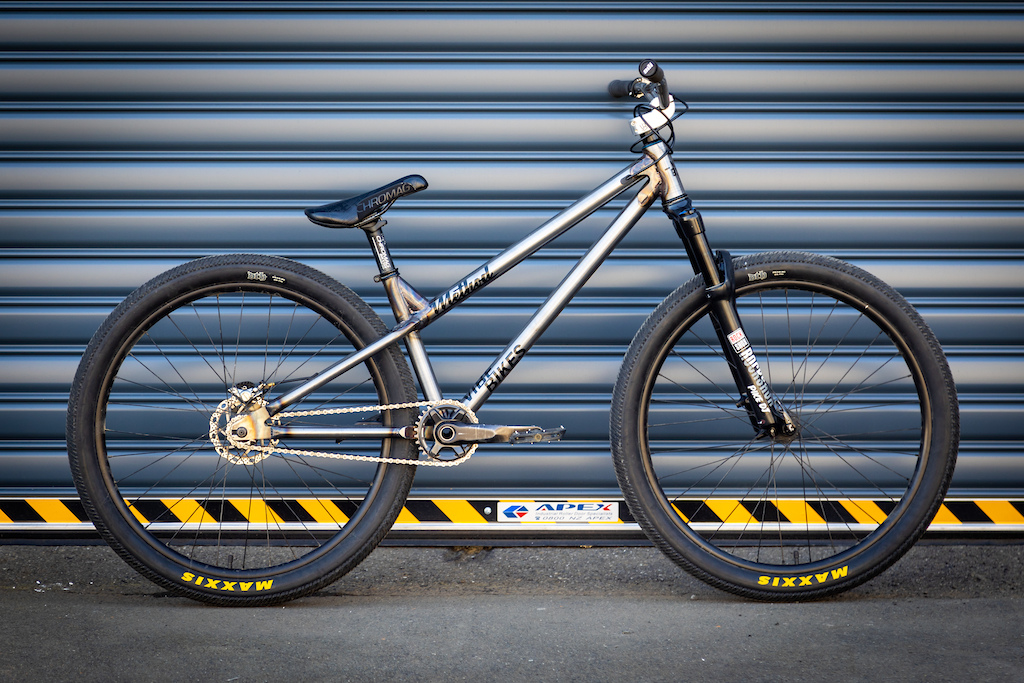
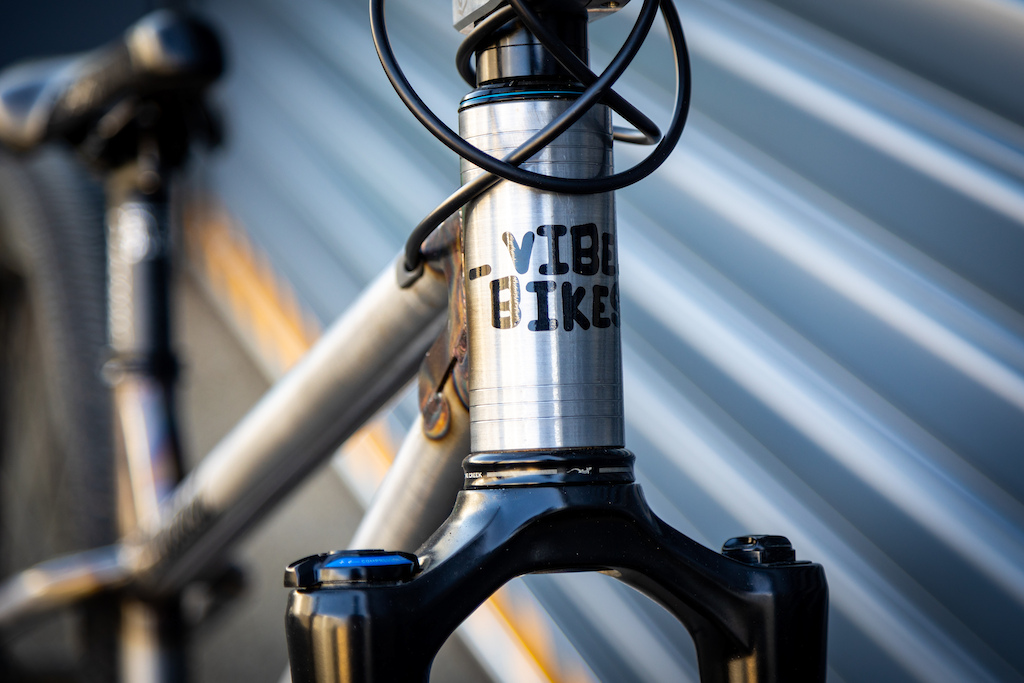
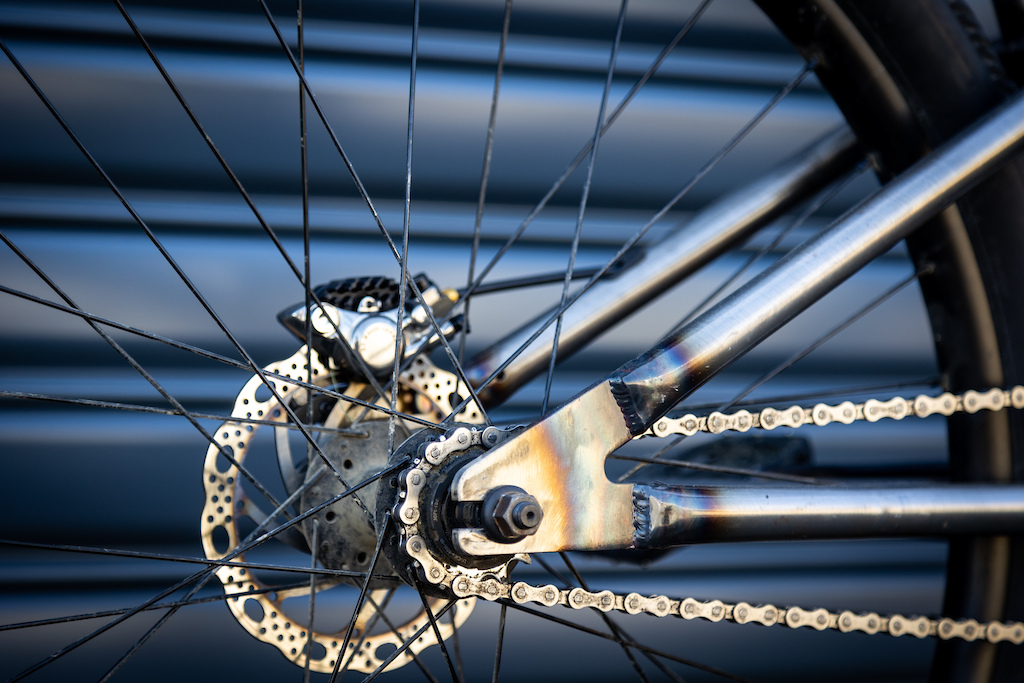
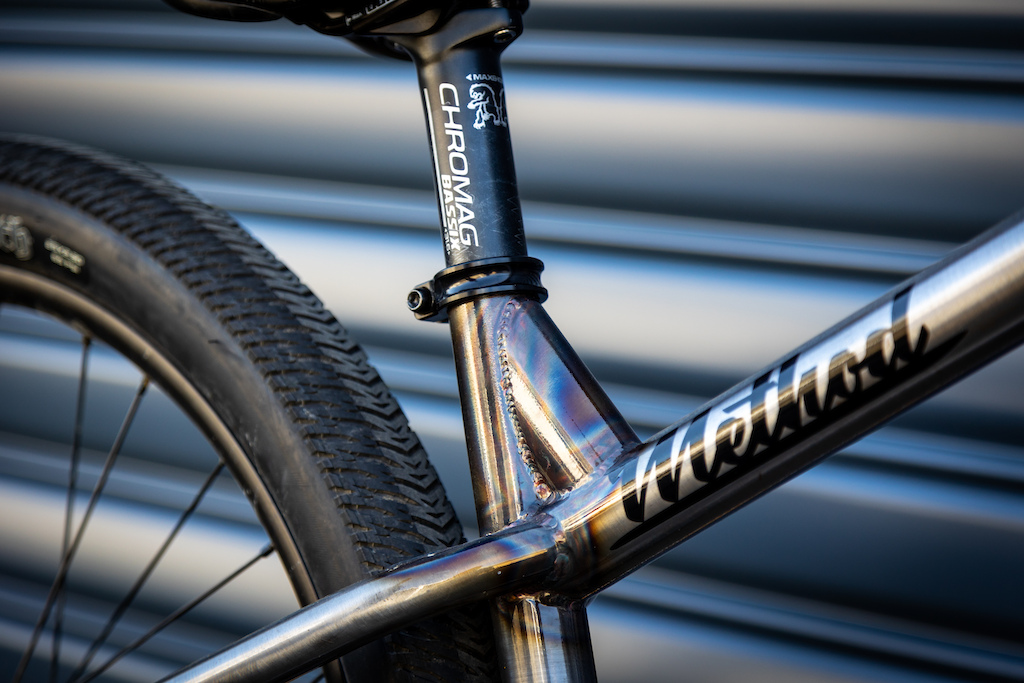
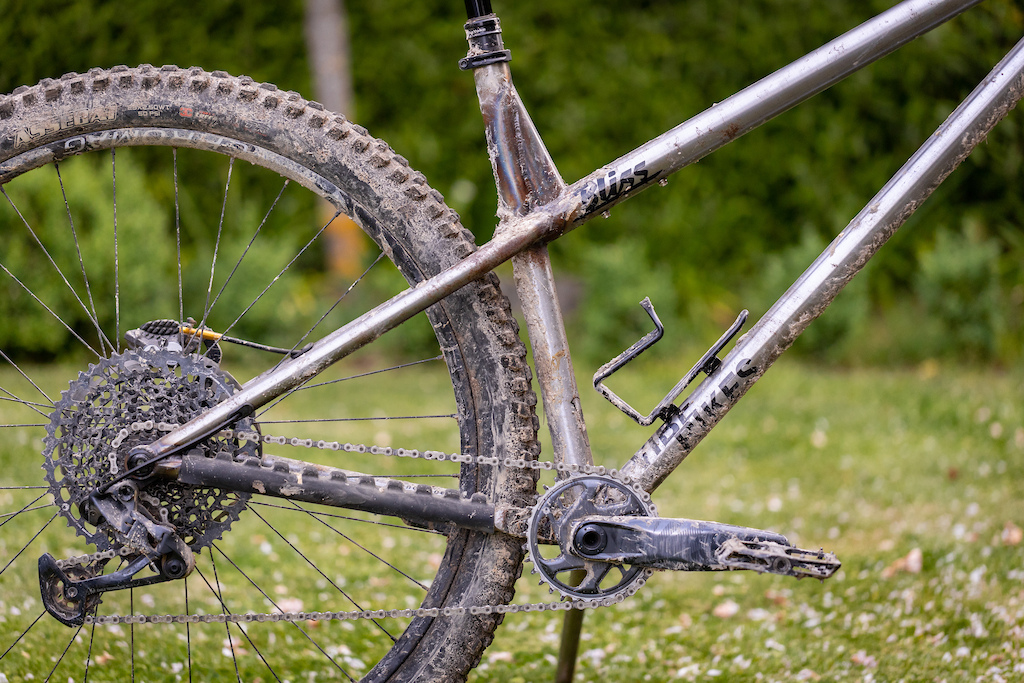
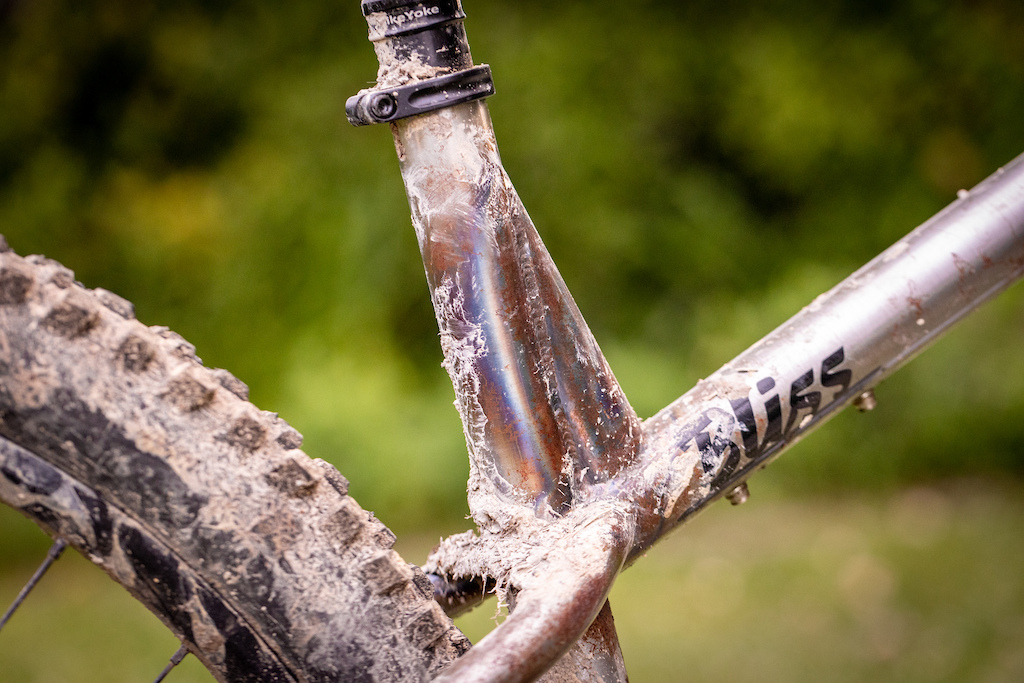
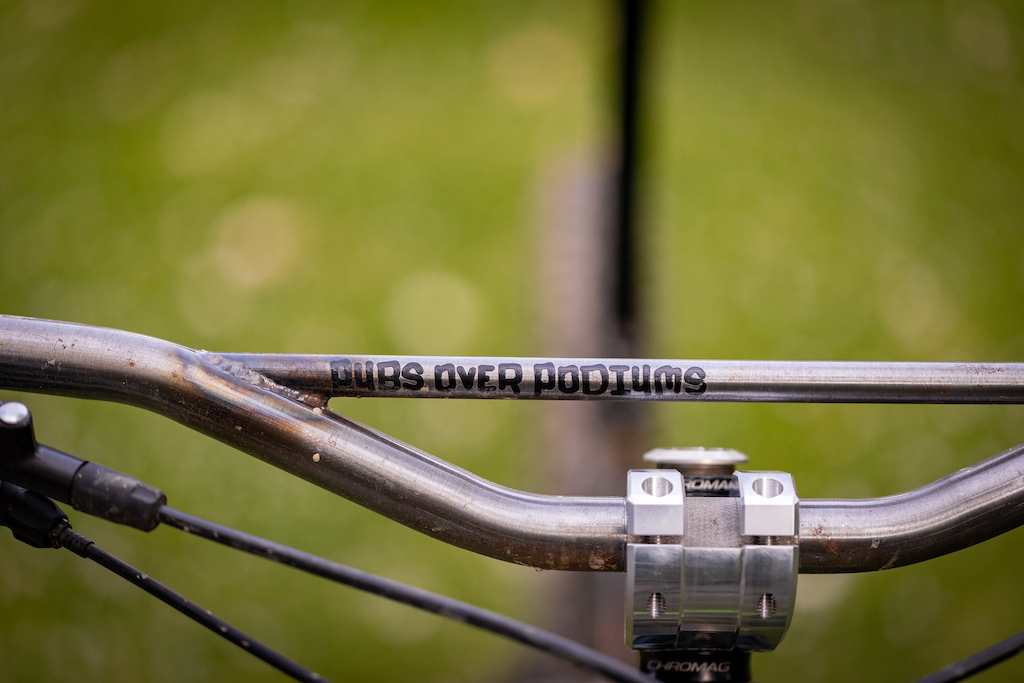
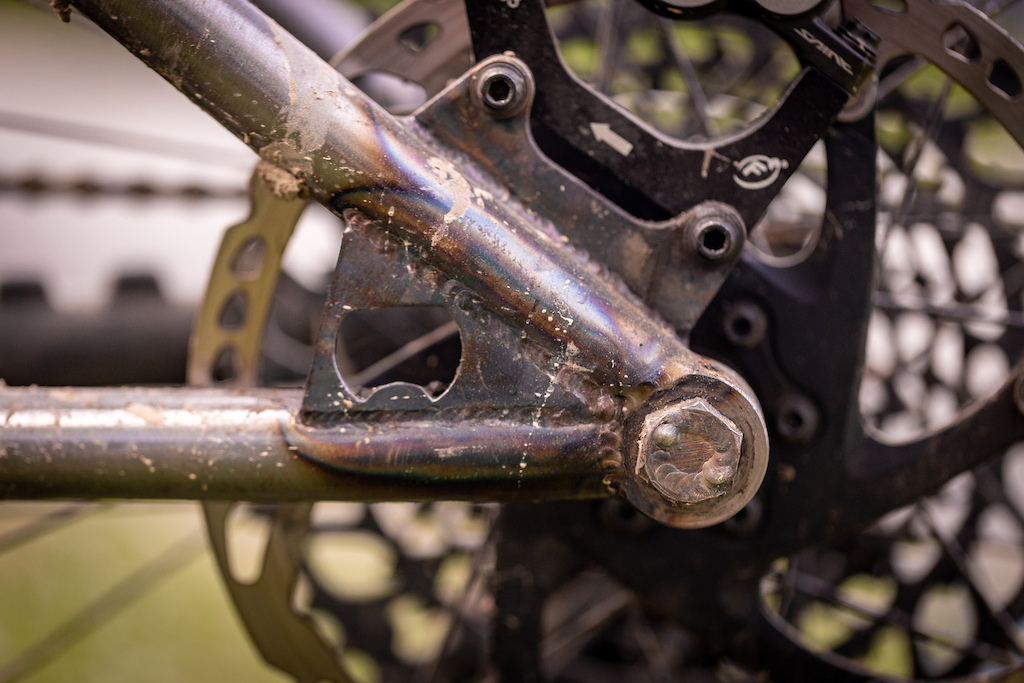
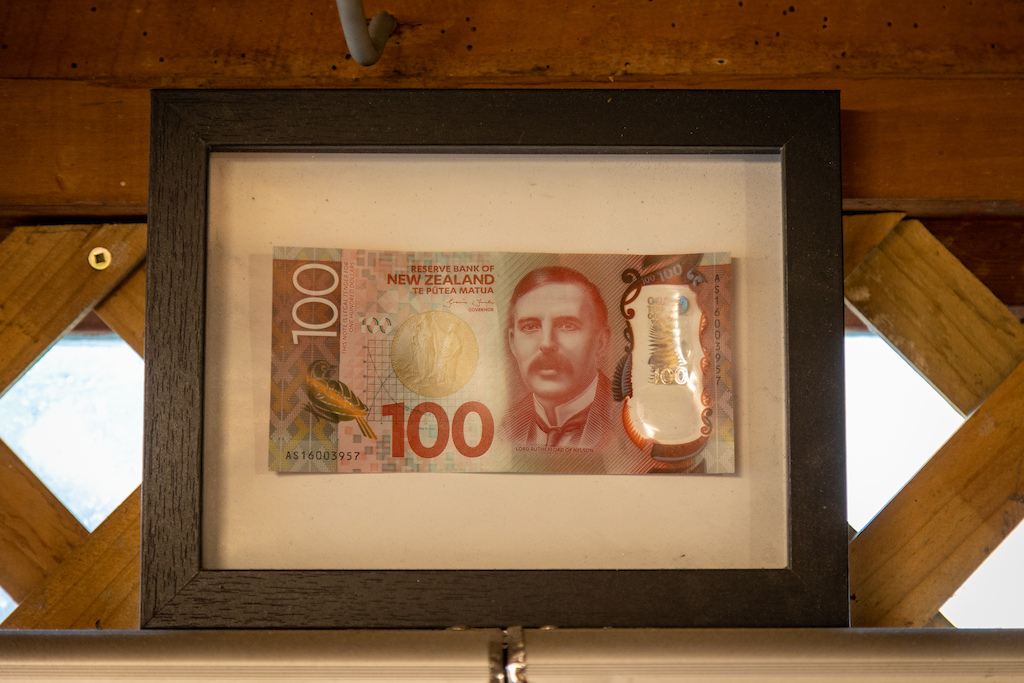
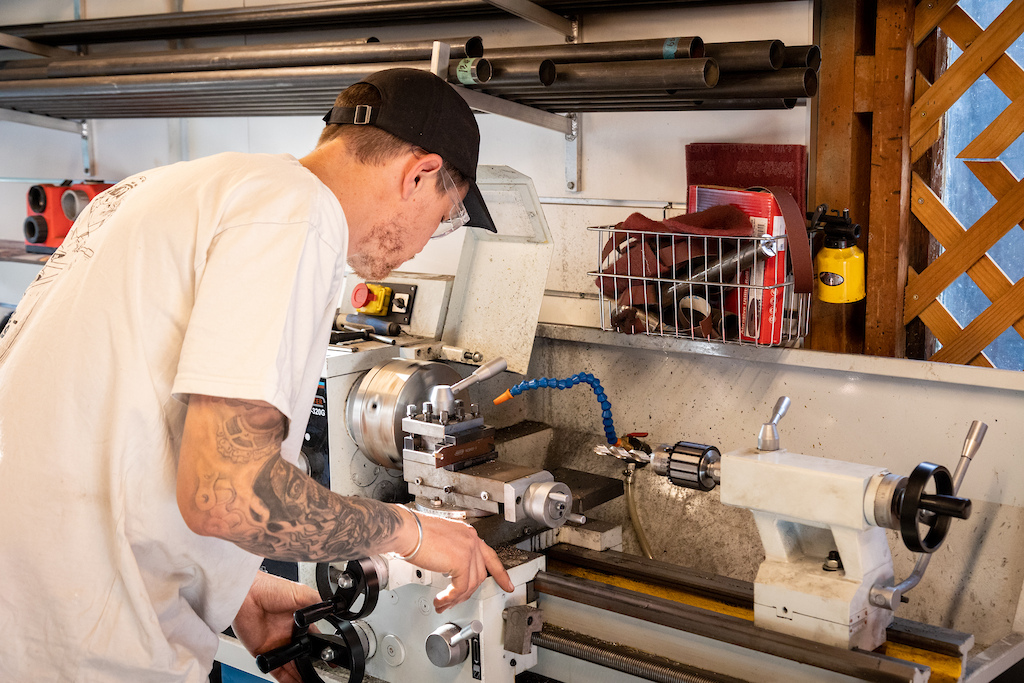
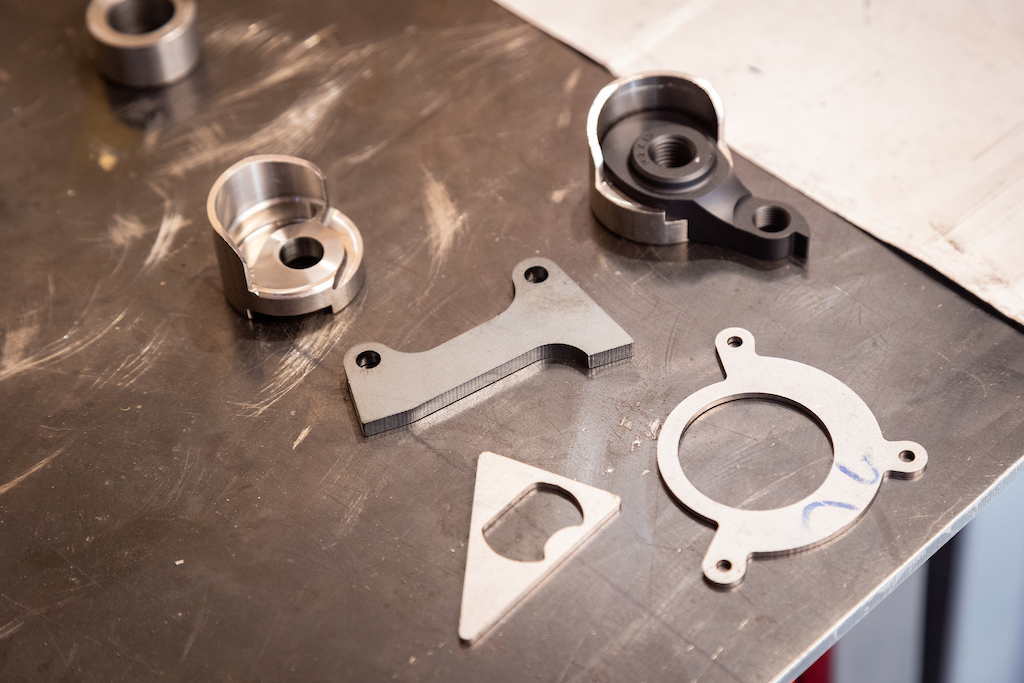
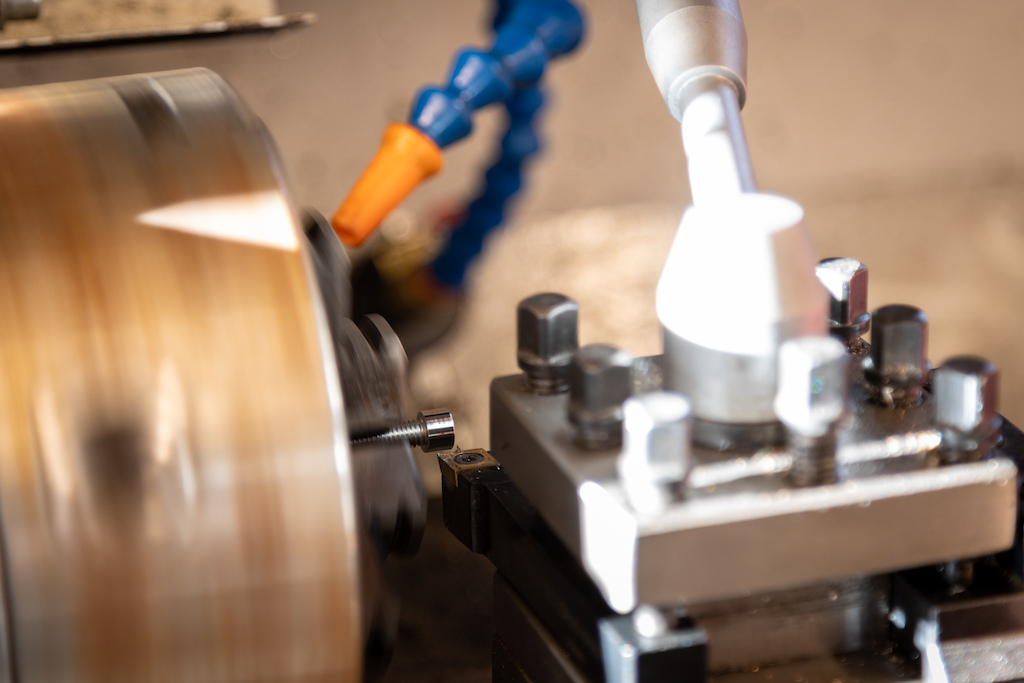






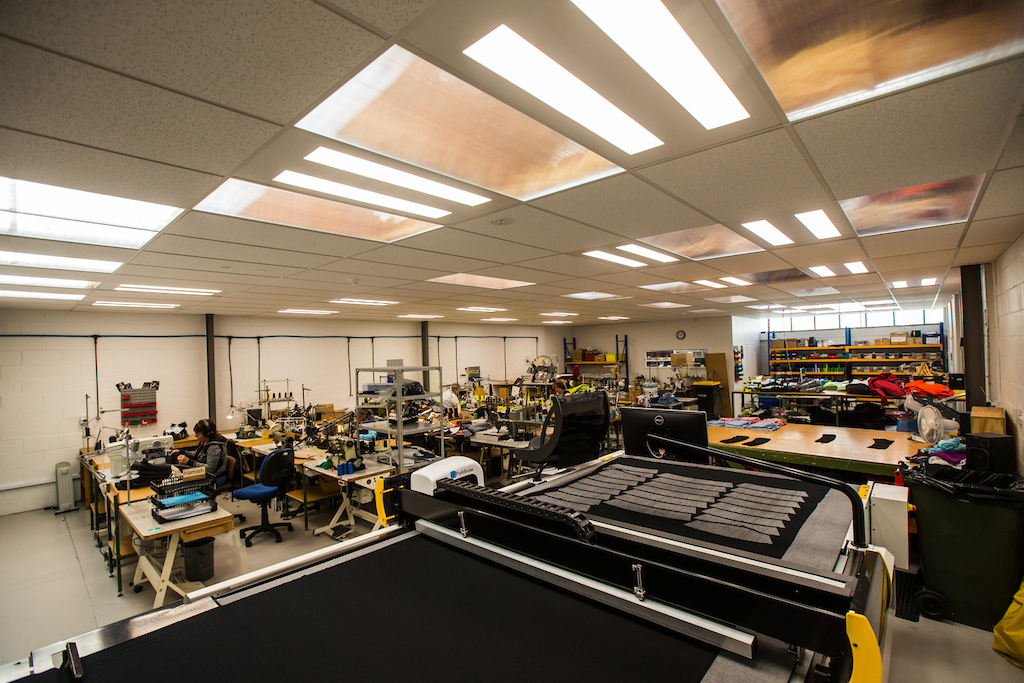



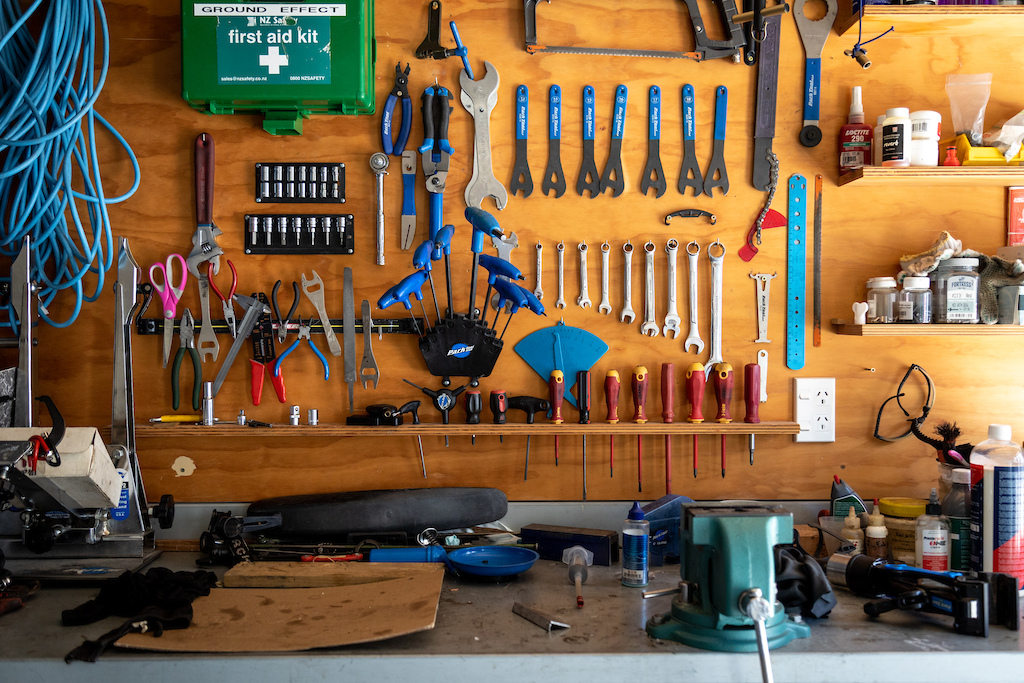


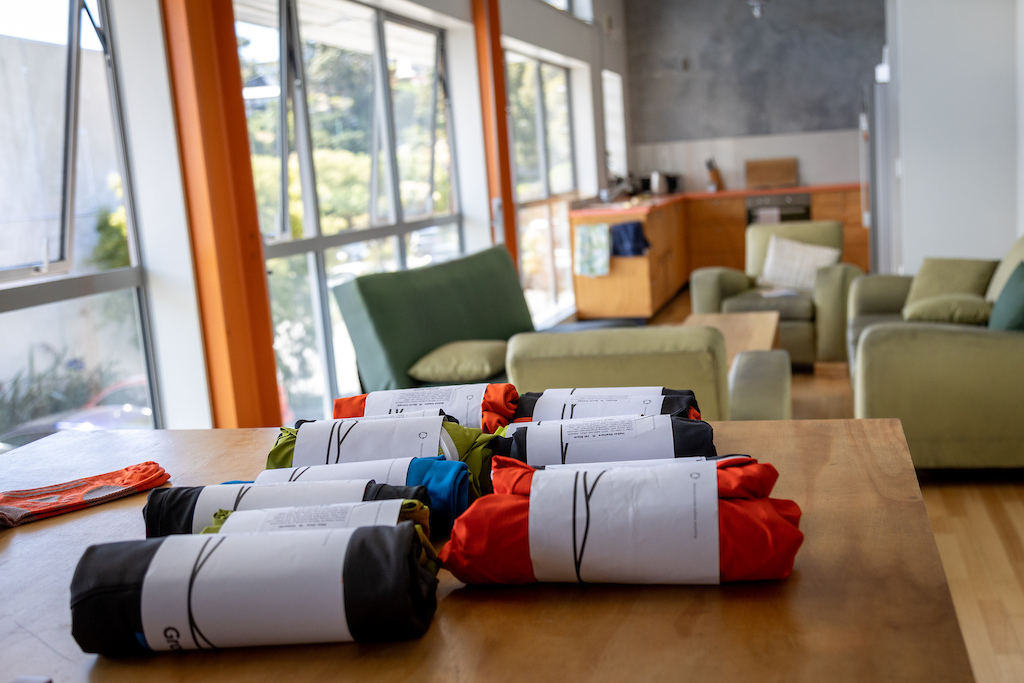

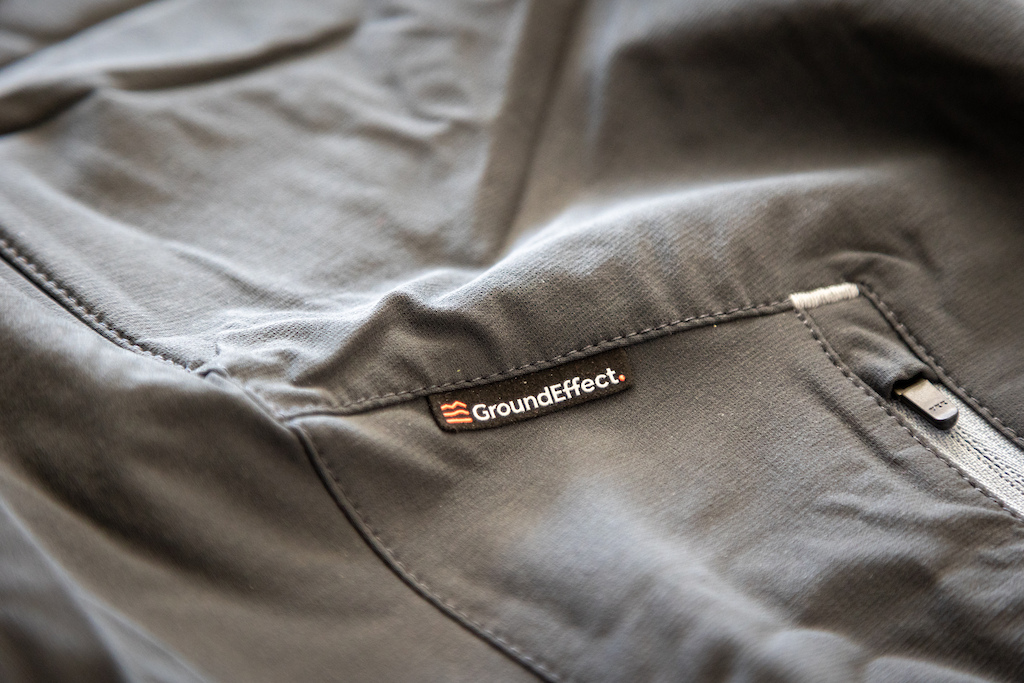
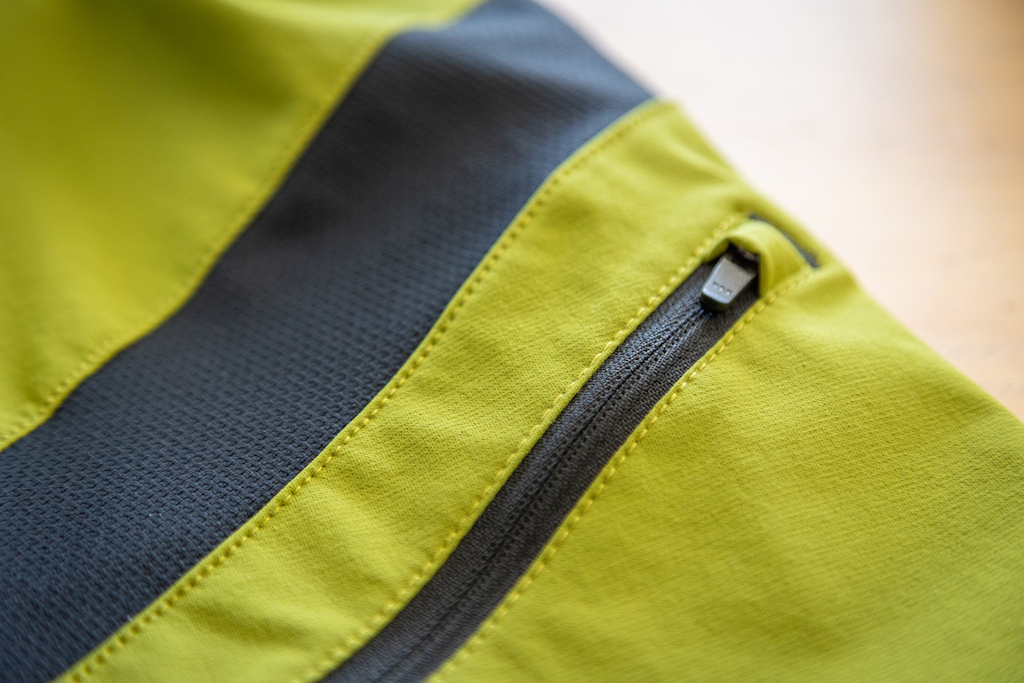



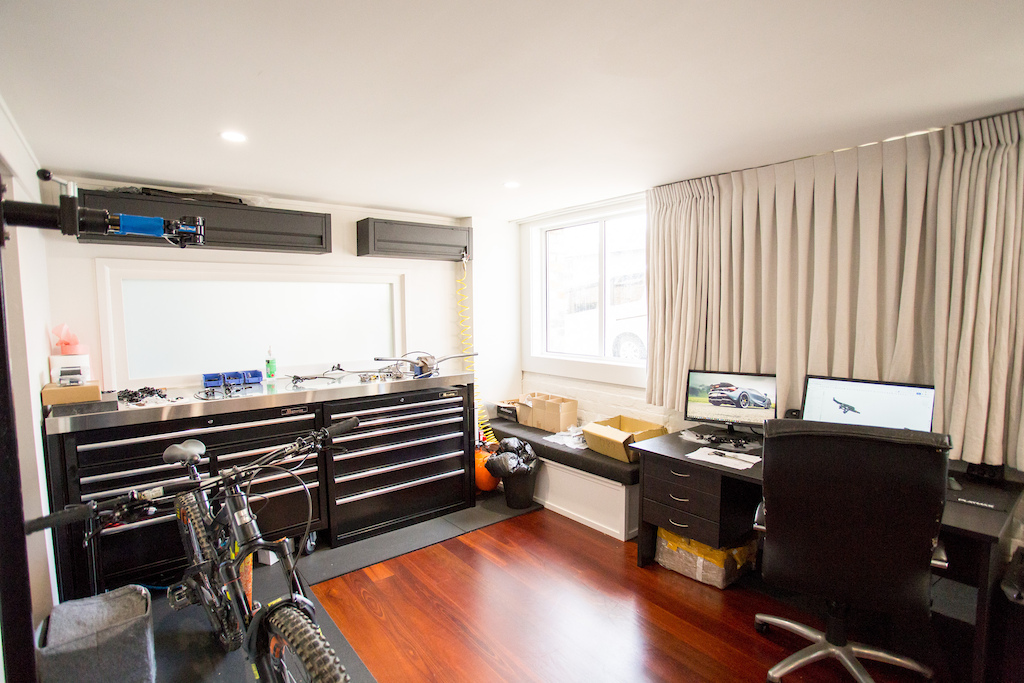
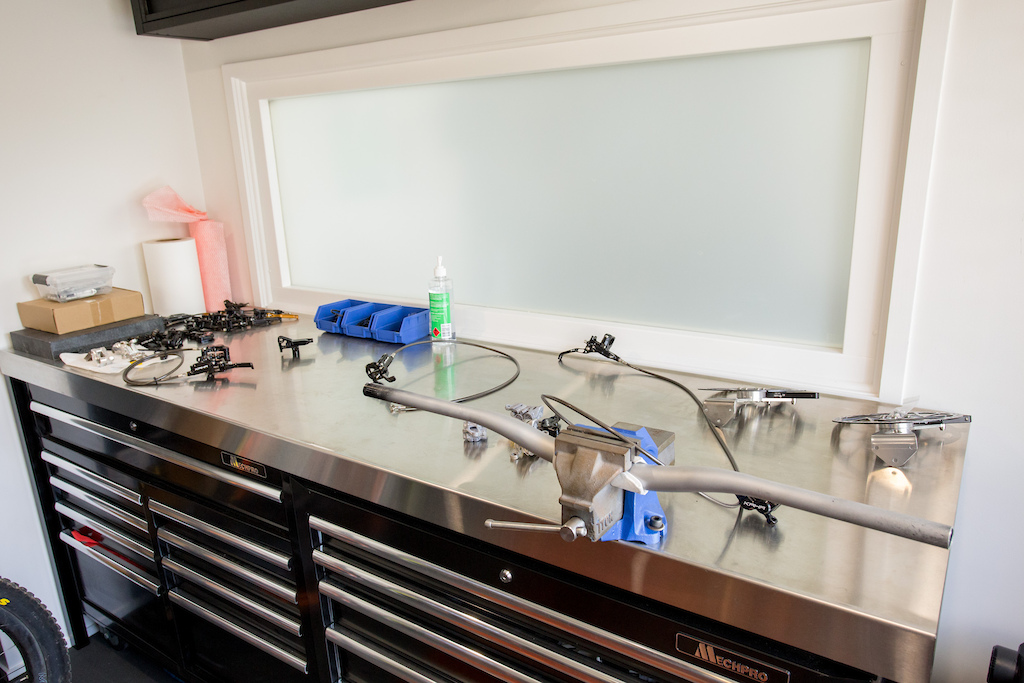





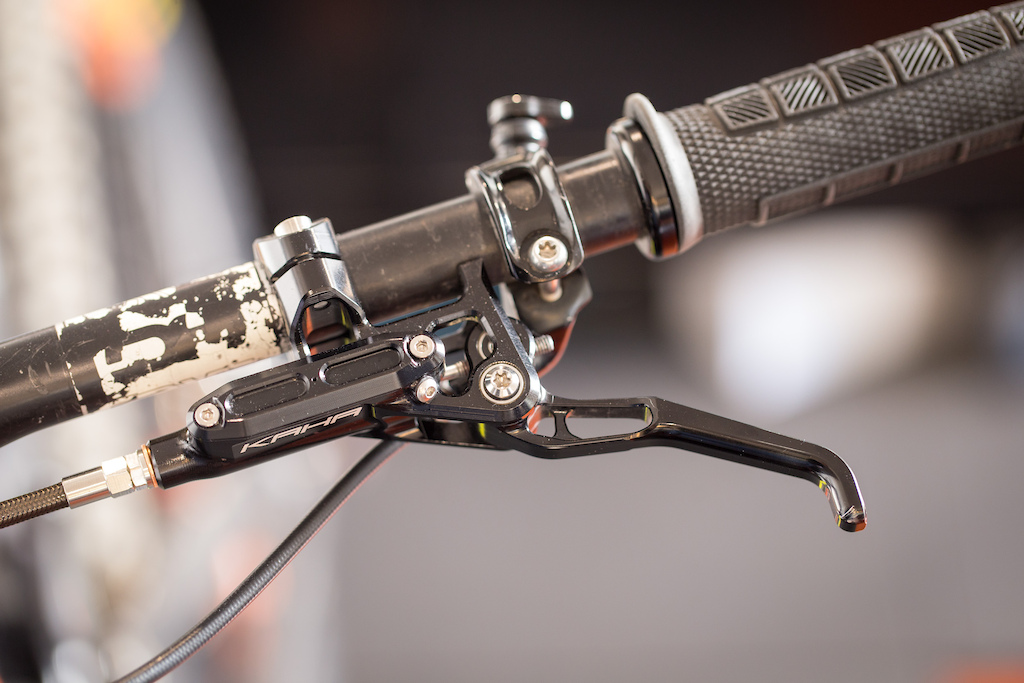
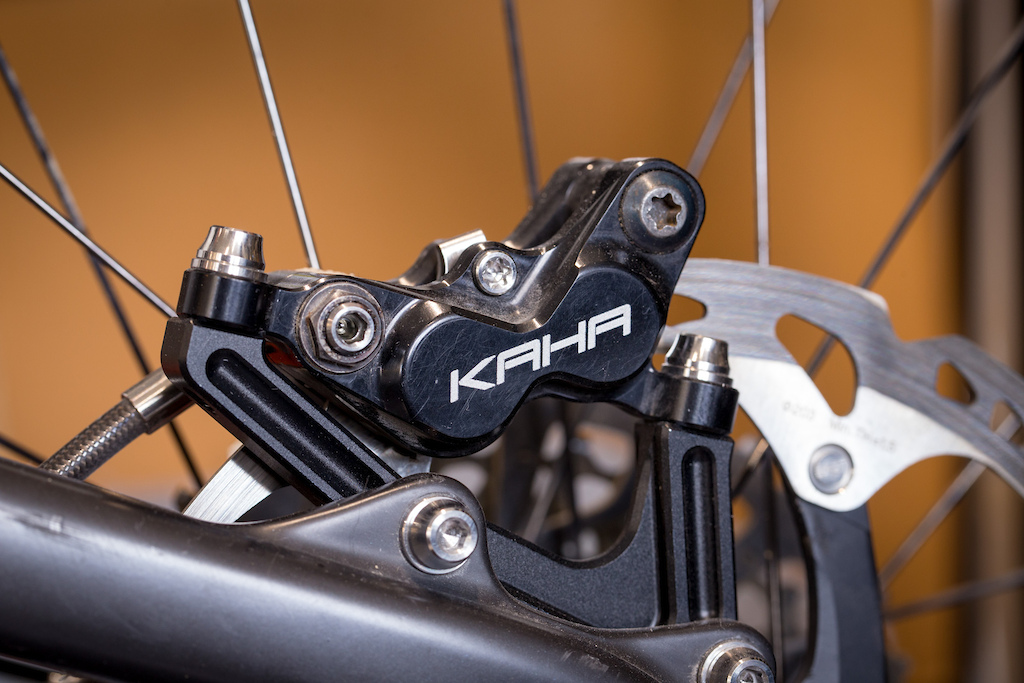



(Drops smoke bomb and disappears batman style)
Depending on the caliper you can buy new seals.
- I run "dot only" calipers with mineral oil and shimano levers. I guess if they were going to have an issue it would have happened by now. I could be wrong!
- the caliper manufacturer offers a mineral variant of another of their calipers. When I emailed their tech support to ask about why they don't do it for other models they made it sound like all they were doing is supplying it dry.
I did a bit more research, took a punt and trialled one brake before doing the other brakes.
I was fully prepared for the trial caliper to jam/stick but it hasn't in 4+ months.
This chat is going to make me more attentive to anything going awry although i figured it would be pretty quick if it were going to do it.
If the seals are deteriorating even if slowly then I would also be expecting to feel it at the lever or notice the bite point going weird.....which aren't happening.
Although I just found this: www.intechopen.com/chapters/77975 . What they basically say is that if the rubber is used for a seal, the swelling just makes it seal better because of increased pressure. But the swelling also softens the material so it might at some point break. They talk about years as the timescale.
I wouldn't feel comfortable riding your setup, and I'm not the type that shies away from a bit of experimentation with brake fluids.
I don't think it would be possible not to notice something if it had happened...the piston seals are what cause the retraction of the pistons when you release the lever.
But your comments are noted and I won't assume everything will be hunky dory forever.
Yes that's right....."wrong" levers and 'wrong' fluid!
Did anything take 4 months or more to show itself?
Even offering a brake in multiple fluid versions like the guy in the article above probably wouldn't pass in a bigger company. Can you imagine being a mechanic at a shop and you get handed in a bike for a general service and you don't even know if it runs DOT or mineral oil in the brakes?
I am more and more convinced that you got very lucky with the type of brake you experimented on and I cannot yet explain why you didn't experience any problems.
I would prefer DOT over mineral oil because of the high temp and resistance to cold weather and I dont get that black stuff that comes out of the mineral oil but may be that only happens on the magura blue oil. I haven't try the other way around yet using DOT on my magura lever, I've only used it on calipers. I might experiment on my mt30 levers that i have since I have no use for them.
Dont use mineral on sram codes if you're still using the original plastic piston. The shimano oil swelled that puppy up and it took me using a punch to get the piston out. I was lucky enough that the internal bore of the lever didnt get damage.
I'm just sharing my experience just in case someone's wondering and it should stop them from experimenting and stick with the manufacturer's recommendation.
I completely understand why manufacturers don't want to design brakes for more than one fluid, sooner or later somebody will mess up and they will be blamed. There are plenty of quality mineral oil brakes out there. If you can't replace your seals with the correct material, get a brake that is designed for the fluid you want to use.
I too have experience with Viton and Kalrez seals through my profession, I didn't need to look them up. I read the article above about the brakes and it says: (compatible with either mineral oil or DOT 5.1 (depending on which seals are installed)' . I assumed that means you still cannot switch between the two fluid types without changing seals. I remember when working with Kalrez it was less 'bouncy' than regular rubber. It may be superior chemically but the mechanical properties play a role as wel in the piston seals. I've never designed a brake so I don't know whether these materials would be better or worse than nitrile and epdm. For sure they are more expensive and that cost is only justified for people who actually switch between the fluids.
I think the market for people who want to be able to switch between fluids is super niche, but if there are customers and they get catered to all is good. I also think that the brake performance is determined much more by the design of the hardware than by the type of fluid. The main reason I like mineral oil is that I've been running oil brakes for >10 years and in that time I only had to buy two bottles of oil. And if I hadn't accidentally dropped the half full bottle of LHM to the floor a few years ago I might still be using that...
BTW, never underestimate fools. Even with Viton seals you still shouldn't mix the fluids so it's definitely not fool proof.
I'd love to see a review of those brakes. I have to say, the Trickstuffs are as amazing as advertised: perfect modulation and more power than anyone could possibly need. But if the Radics offer the same abilities in a $740 USD price point...well...that's something.
But yes, so far my experience with the Maximas is that they are exactly as good as advertised. Hard for me to imagine a better brake as I cannot think of anything to improve.
These look good, would love to read a review
If you have been considering getting Maxima but the price is a turn off the Radic Kaha are excellent and worth the $740 ish USD price tag, also Taylor is super responsive via email.
trailbossusa.com/collections/packages/products/trail-building-mcleod
I recently installed Maximas and they are a significant upgrade. Feather-light pull, oodles of modulation, objectively (measured in extensive reviews by Enduro MTB) more power, and zero detectable fade on 15+ minute descents under a rather heavy bike and rider.
Other brakes are absolutely capable of being brakes. But to say that they are identical in the way that watches are identical is....incorrect.
One guy can build some seriously awesome things and be succesful.
At first he made an assembled everything in his own house. Very interessting character this dude.
Cornelius Krapfinger was head behind Trickstuffs Diretissima and Piccola brakes, before he made his own thing with intend. So it was one young engineer.
Your statement is also in line with saying a exotic sports car and a generic economy care both do the same thing. Well yes objectively you could make that argument. I could however very easily break down each brake were speaking of and put together a pros/cons list in not just performance, but quality and longevity. Claims of "best brake" can be applies to multiple points beyond just performance.
I would also argue that performance is somewhat subjective, you will never have a difinitive consensus on what is "the best".
I'd get TRPs above both options though, based here in Utah, and still miles better than the new iteration of Codes.